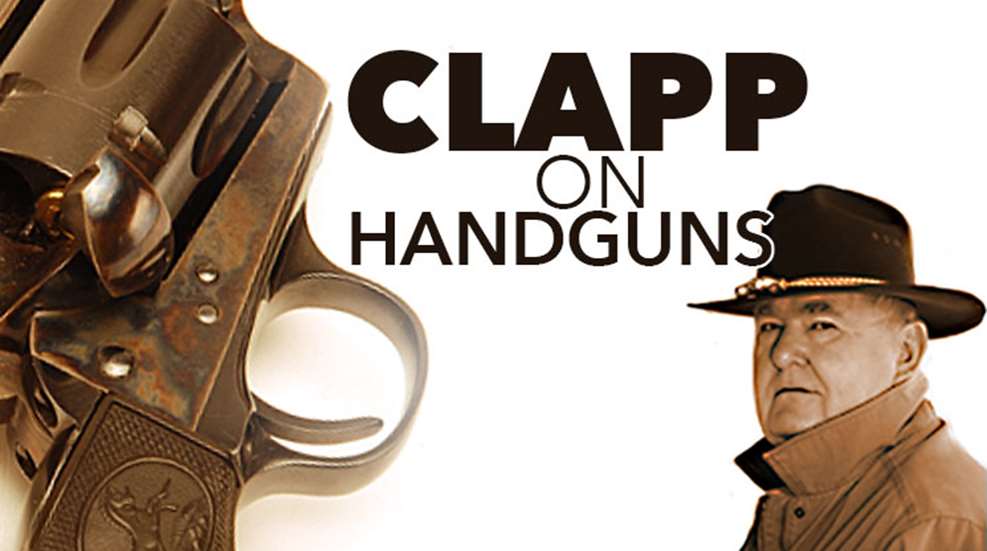
Rails are a common feature that we sort of take for granted in our semi-automatic pistols. In all but a few guns, the upper or so-called “top” end of a pistol is in the form of a slide. In order to allow the pistol to perform the namesake automatic reloading of the chamber, the slide moves back upon firing. This causes the gun mechanism to extract the fired round from the chamber and eject it from the gun. A powerful spring in the mechanism returns the slide to the forward (battery) position. In doing so, the mechanism feeds a cartridge from the magazine into the chamber and (usually) cocks the hammer (or striker). Now, it should be obvious that all of this complicated back-and-forth movement has to be controlled-exactly the same from shot to shot. On any gun that is worth a hoot, the movement of the slide on the receiver is controlled by the rails.
There are rails on both the upper edge of the receiver and the lower edge of the slide. In quality handguns, the fit of the two sets of rails is precise. There has to be enough room between the two to permit straight back and forth movement without lateral wiggling and binding. But there also needs to be enough room for the residue produced by firing the gun. I have seen pistols with the crud from firing thousands of rounds continue to function with an occasional squirt of oil. This is no credit to the shooter who can’t find the time to clean his gun, but great credit is due the designer/maker of the arm who did his job well. The rails have something to do with this. Most common service pistols arrange the rail system so the slide rail runs down and then in, as viewed from the rear of the gun-the matching receiver rail runs up and then out. In effect, this creates a system where the slide rides on the receiver. It has proven to be a system that is fairly easy to manufacture.
It is possible, however, to reverse the system and get a somewhat better performance. Here, the receiver rail runs up and in, vice versa for the slide rail. Reversing the rail orientation means that the slide, riding in the receiver, is a little better supported. Charles Petter, a Swiss by birth and an officer of the French Foreign Legion in World War I, designed a reversed rail system. It is seen on today’s SIG P210, probably the most accurate military service pistol in the world. A more common gun that also has this rail system is the CZ75, as well as that gun’s many clones. I used to be extremely enthused about this way of building an auto, but then discovered that it was hard to work the slide under stress or when wearing gloves.





































